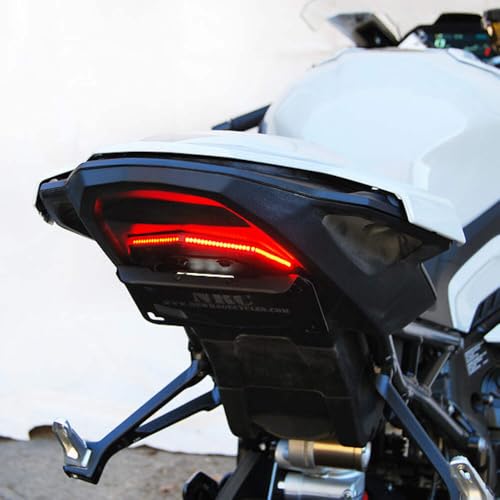well where i am it gets very hot in summer, stopping at the lights or traffic will get boiling hot. better be safe than sorry, would be great if it goes on at say 85
The bike will take 103-107 all day long. It's a pressurised cooling system.
The frame heat soak/leg burn is going to occur whatever you do.
Last edited:
























